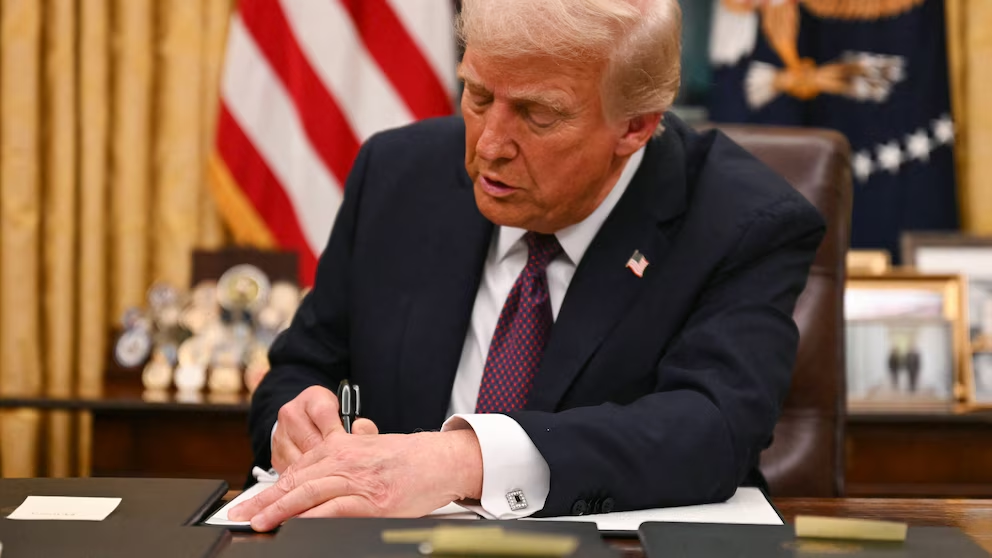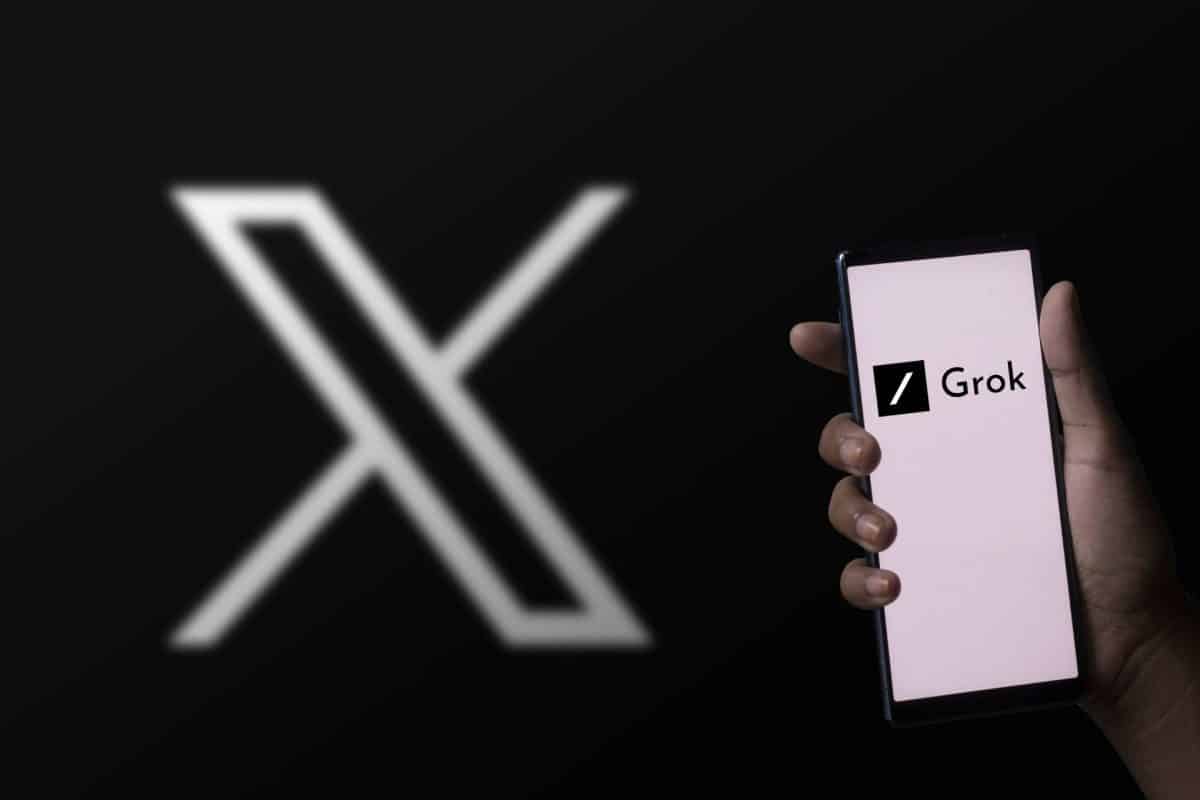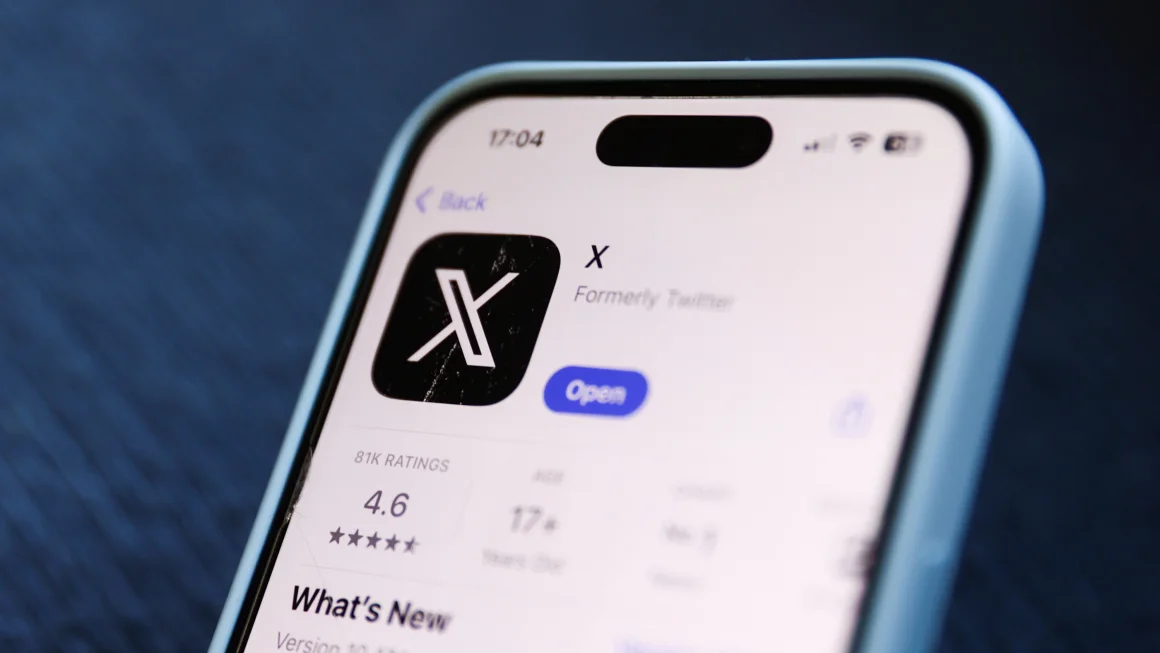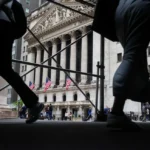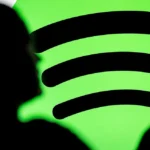When Twitter was first created in 2006, its founders had little idea of the global influence it would wield. The platform, initially shaped by the free-spirited internet culture of the time, evolved into a major force in politics, activism, and social discourse—sometimes in ways its creators never anticipated.
A new CNN documentary series, Twitter: Breaking the Bird, explores the platform’s journey, from its humble beginnings to its acquisition by billionaire Elon Musk. Early Twitter employees, including co-founder Evan Williams, reflect on how they underestimated the long-term impact of giving people an open space to share their thoughts.
“There wasn’t time to think about the bigger implications,” Williams said in the series, describing Twitter’s early development.
A Platform That Took on a Life of Its Own
Initially, Twitter was used for casual updates—co-founder Jack Dorsey’s first posts included simple status updates like “walk home. Cold.” However, as the platform grew, it became a hub for global movements like the Arab Spring and Black Lives Matter.
Dorsey, who led Twitter twice (2006–2008 and 2015–2021), believed in absolute free expression. “A platform has to be free,” he stated in 2016, emphasizing that all perspectives, even extreme ones, should be heard. However, this stance led to challenges as Twitter struggled to combat hate speech and misinformation.
By 2017, concerns over Twitter’s role in spreading harmful content had intensified. Former trust and safety executive Del Harvey admitted that the company had not invested enough in addressing these problems.
The Musk Takeover and Twitter’s Transformation
In 2020, Dorsey invited Musk to share his thoughts on improving Twitter, asking him directly, “Do you want to run Twitter?” Musk’s response focused on the need to address manipulation on the platform. Just two years later, he began acquiring shares, ultimately purchasing Twitter for $44 billion.
Since Musk’s takeover, now rebranded as X, the platform has undergone drastic changes. He has reinstated banned users, including figures associated with hate speech and disinformation, and used the platform to push his political and social views. Advertisers have distanced themselves, raising questions about its future value.
Looking back, Jason Goldman, Twitter’s first head of product, believes the platform’s trajectory was inevitable. “We thought the harmful aspects were bugs in the system, but in reality, they were features,” he said.
As Twitter’s legacy continues to evolve, the debate remains: Was its original vision ever truly achievable?
Twitter’s Unexpected Evolution: From Optimism to Controversy
When Twitter was first created in 2006, its founders had little idea of the global influence it would wield. The platform, initially shaped by the free-spirited internet culture of the time, evolved into a major force in politics, activism, and social discourse—sometimes in ways its creators never anticipated.
A new CNN documentary series, Twitter: Breaking the Bird, explores the platform’s journey, from its humble beginnings to its acquisition by billionaire Elon Musk. Early Twitter employees, including co-founder Evan Williams, reflect on how they underestimated the long-term impact of giving people an open space to share their thoughts.
“There wasn’t time to think about the bigger implications,” Williams said in the series, describing Twitter’s early development.
A Platform That Took on a Life of Its Own
Initially, Twitter was used for casual updates—co-founder Jack Dorsey’s first posts included simple status updates like “walk home. Cold.” However, as the platform grew, it became a hub for global movements like the Arab Spring and Black Lives Matter.
Dorsey, who led Twitter twice (2006–2008 and 2015–2021), believed in absolute free expression. “A platform has to be free,” he stated in 2016, emphasizing that all perspectives, even extreme ones, should be heard. However, this stance led to challenges as Twitter struggled to combat hate speech and misinformation.
By 2017, concerns over Twitter’s role in spreading harmful content had intensified. Former trust and safety executive Del Harvey admitted that the company had not invested enough in addressing these problems.
The Musk Takeover and Twitter’s Transformation
In 2020, Dorsey invited Musk to share his thoughts on improving Twitter, asking him directly, “Do you want to run Twitter?” Musk’s response focused on the need to address manipulation on the platform. Just two years later, he began acquiring shares, ultimately purchasing Twitter for $44 billion.
Since Musk’s takeover, now rebranded as X, the platform has undergone drastic changes. He has reinstated banned users, including figures associated with hate speech and disinformation, and used the platform to push his political and social views. Advertisers have distanced themselves, raising questions about its future value.
Looking back, Jason Goldman, Twitter’s first head of product, believes the platform’s trajectory was inevitable. “We thought the harmful aspects were bugs in the system, but in reality, they were features,” he said.
As Twitter’s legacy continues to evolve, the debate remains: Was its original vision ever truly achievable?

